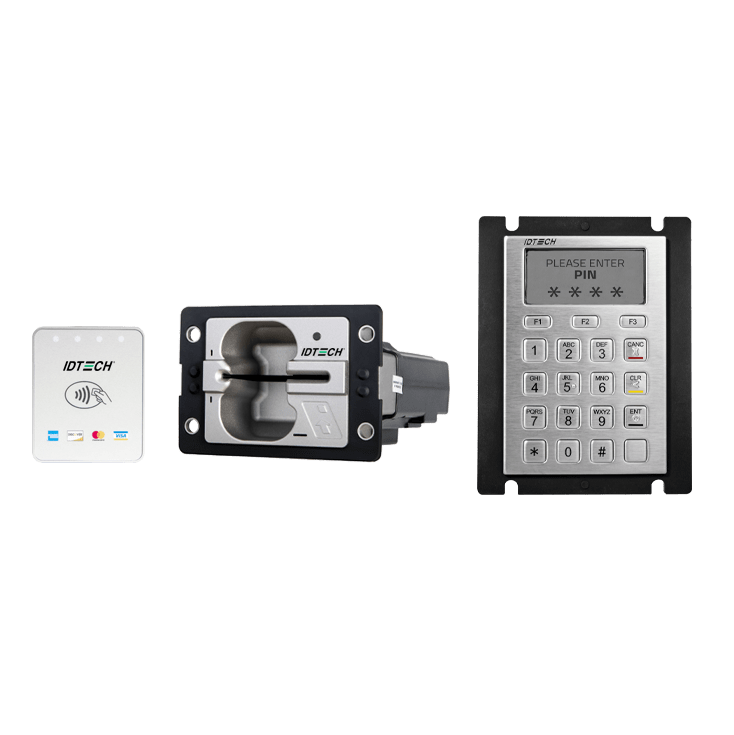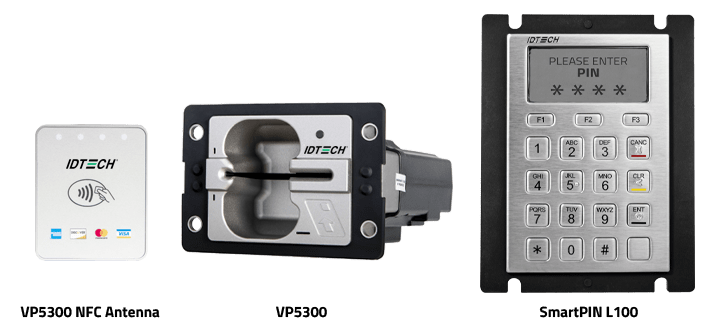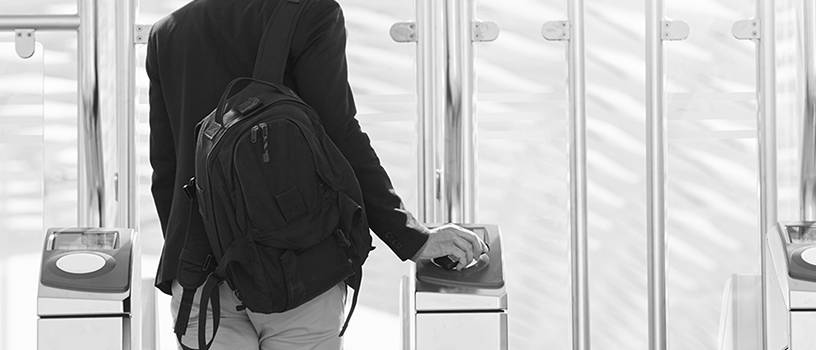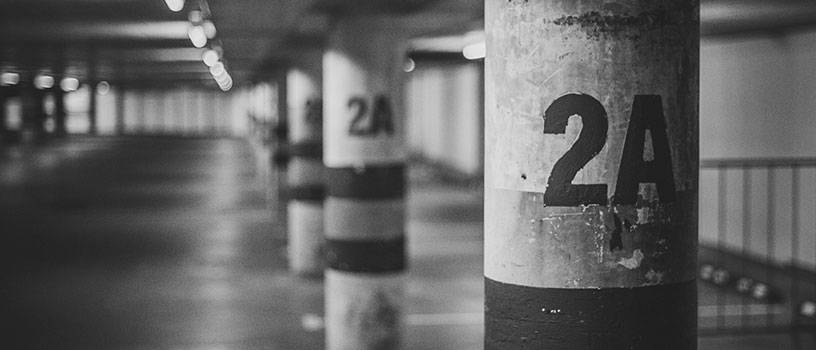VP5300 Bundle with SmartPIN L100
Includes the ID TECH VP5300, VP5300 NFC Antenna, and SmartPIN L100
VP5300 Bundle
Complete the VP5300 payment solution by bundling it with the NFC Antenna and the SmartPIN L100 PIN Entry Device! It is a favorable choice for improving the payment experience for public transportation, fueling, and parking facilities.
- Ready for all payment methods, including chip and PIN, magstripe, NFC card, and mobile wallets.
- Leads the industry in low power consumption and ruggedness with a metal bezel.
- IK10 and IP85 rated, ideal for outdoor payment applications.
Download Datasheet


VP5300 Bundle with SmartPIN L100
Complete the VP5300 payment solution by bundling it with the NFC Antenna and the SmartPIN L100 PIN Entry Device! It is a favorable choice for improving the payment experience for public transportation, fueling, and parking facilities.
- Ready for all payment methods, including chip and PIN, magstripe, NFC card, and mobile wallets.
- Leads the industry in low power consumption and ruggedness with a metal bezel.
- IK10 and IP85 rated, ideal for outdoor payment applications.
Download Datasheet

Featured Products
Key Features
- All-in-one secure payment acceptance
- Weather-resistant, rugged design
- Supports all major mobile wallets
- Secure design for unattended situations
- PCI Certified Remote Key Injection
- Can pair with L100 for Chip-PIN transactions
Tell Me More
"*" indicates required fields


